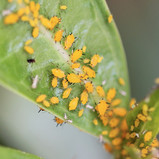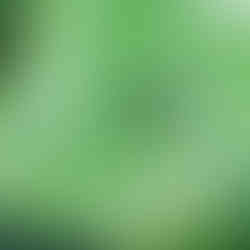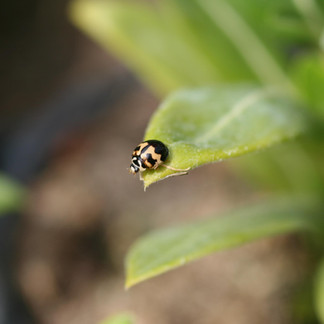Why insects attack your plants
- GardenMaestro
- Jan 28, 2023
- 3 min read
Updated: Mar 3, 2023
Ever wonder why insects attack or infest your plants, or why they attack certain plants and not others?
Food
Amongst other elements and water, plants are rich in Nitrogen. This is one of the key building blocks required by insects to live, grow and reproduce. Nitrogen is found throughout the plant, but is specifically concentrated in the soft, actively growing areas of the plant (normally near the tips of branches); for this reason, most insect infestations (Aphids, Red Spider, Scale, sap-sucking beetle, etc.) tend to take place at, or near these active areas, where less work will get them more Nitrogen. The plant tissues in these zones are also soft, fresh, and easier to chew/ bite/ pierce into.
Gardeners can actually contribute (unknowingly) to this situation, constant over-fertilization with high Nitrogen fertilizers, pushes the plant to produce more, soft, Nitrogen rich growth – which actually attracts insects!
Over-fertilization with Nitrogen-based fertilizer results in physically softer, weak plant growth which also makes them vulnerable to fungal attack; fungal infections sometimes occur as a secondary infection to an insect attack.
Shelter
Plants offer insects food as well as shelter from predators and the elements. Elements such as wind, rain, and sun are able to moderate insect populations to a degree; when the plant becomes overgrown, light and air circulation are reduced which provides an ideal habitat for insect pests. Correct and controlled formative pruning of plants can improve air movement through the plant and increase the chance of the insect falling prey to a naturally occurring predator.
Lack of Predators
The lack of other insect predators such as ladybirds/ ladybugs, geckos, birds, dragonflies, spiders, and wasps can also contribute to the sharp rise in insect infestations. Sometimes this is can be attributed to the lack of “facilities” such as nesting sites for birds, or simply through the indiscriminate application of pesticides that kills both pests and predator.
Plant stress
If your plants are already under stress due to mechanical damage, over-watering, under-watering, or disease then they will more likely become the target for further infections. Some insects, such are the Rhinoceros beetle, will normally feed on dead or decaying organic matter, however, if a palm is already under stress, the smell of decay will attract them and further infestations will occur.
So where do the insects come from?
Most insect populations are able to move, in some cases, the males or females may be flightless, or for at least certain parts of their existence. A good example is the Ant, 99% of ants that you will see are flightless, although during specific periods a winged Queen (or Queens) may be born, these then move away from the original population and start a new colony - the same applies to many other insects that you normally assume are flightless.
The same applies to the eggs of the insects, these are obviously very small and easily transported on other animals (birds, cats, dogs, etc.), as well as by humans on their clothes and shoes - some are light enough to be distributed by the wind.
Light
An often overlooked issue is light, most insects that attack your plants shy away from light, they prefer darker areas where they are less likely to be spotted by predators (other insects, birds, lizards, etc.) and end up being a meal. This is what happens during the day, however, in the evening many insects (and their larvae) come out to feed. Some insects such as Moths and Beetles are attracted by light in the evening and will travel over great distances towards the strongest source of light. Simply switching off unnecessary garden lights in the evening can reduce the amount of insects arriving and taking up home in your garden and plants.
This is actually a very big problem for sporting areas like stadiums and golf course. In the evening due to their bright lights they can attract insect for kilometers around. Then, at some point the lights go off and the insects simply drop to the ground and find the nearest thing to eat.


































Comments